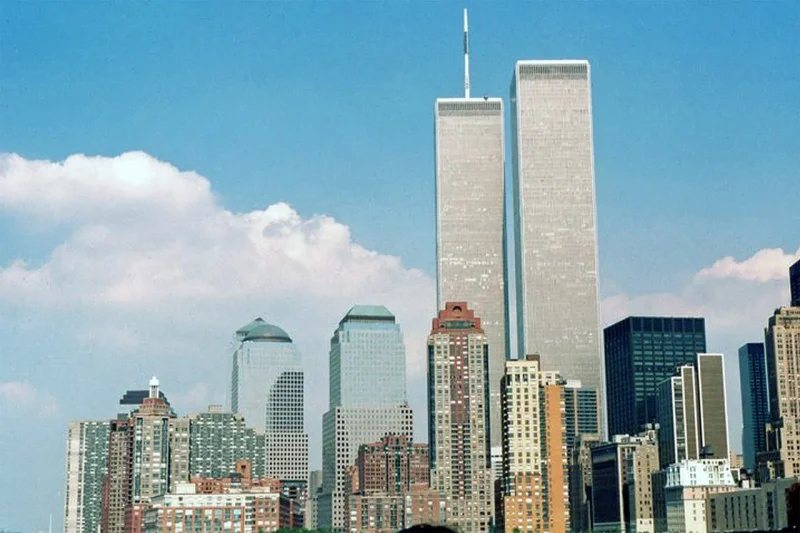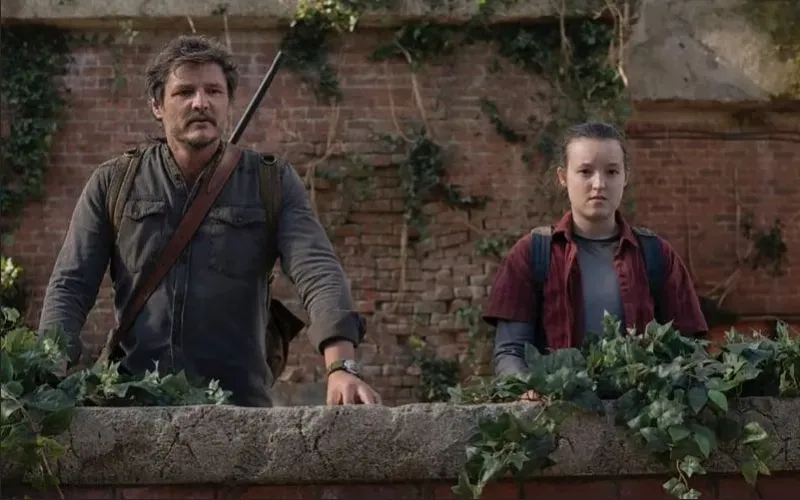Introduction to the World Trade Center's Cinematic Presence
The iconic World Trade Center (WTC) in New York City has long been a symbol of architectural grandeur and economic prowess. Over the decades, it has also become a prominent fixture on the silver screen, serving as a backdrop for numerous films. Its striking twin towers captured the imagination of filmmakers, symbolizing not just New York, but the broader aspirations and complexities of the modern world. The towers' presence in cinema helped to cement their status as a cultural touchstone, both locally and globally.
From thrillers to romantic comedies, the WTC has been featured in a myriad of genres, each time adding a layer of authenticity and grandeur to the storyline. The towers' towering presence was often used to establish the film's setting, immediately situating viewers in the heart of bustling Manhattan. As such, the WTC was not just a background element but an integral part of the narrative, influencing the mood and tone of the films it graced. This symbiotic relationship between the towers and the movies underscored their significance beyond mere architecture.
The Early Years: Establishing the Towers in Film
In the years following their completion in the early 1970s, the World Trade Center towers quickly became a staple in films set in New York City. They first appeared in movies like "The French Connection" and "King Kong," where they were used to showcase the modernity and dynamism of the city. These early appearances were pivotal in establishing the WTC as a visual emblem of New York, capturing the imagination of audiences worldwide. The towers' sleek lines and imposing height were a perfect match for the cinematic lens.
During this period, the towers were often used to signify progress and ambition, themes that resonated strongly in the economic climate of the era. Filmmakers leveraged the WTC's futuristic design to highlight the city's role as a global hub of innovation and opportunity. As such, the towers came to symbolize not just the city, but the hopes and dreams of a generation. Their presence on screen reinforced the idea of New York as a land of possibility, a theme that would continue to evolve in the decades to come.
The 1980s and 1990s: A Cultural Icon
As the 1980s and 1990s unfolded, the World Trade Center continued to dominate the cinematic landscape, with appearances in films such as "Wall Street" and "Home Alone 2: Lost in New York." During these years, the towers became emblematic of the excess and opulence of the era, often associated with themes of wealth, power, and ambition. They were frequently featured in stories about corporate America, embodying the aspirations and challenges of living and working in the city.
The WTC also served as a symbol of resilience and strength, resonating with New Yorkers and audiences around the world. This period saw the towers become ingrained in the cultural fabric of not just the city, but the nation. Their cinematic presence was a constant reminder of the city's vibrancy and fortitude. As a result, the World Trade Center became more than just a background element; it was a character in its own right, contributing to the narrative depth and emotional weight of the films in which it appeared.
The Post-9/11 Cinematic Landscape
The tragic events of September 11, 2001, forever altered the cultural and cinematic portrayal of the World Trade Center. After the attacks, filmmakers faced the delicate task of addressing the towers' absence while honoring their legacy. Movies like "World Trade Center" and "Extremely Loud & Incredibly Close" tackled the emotional and psychological impacts of 9/11, using the towers as a focal point for stories of loss, resilience, and healing. This shift marked a poignant transition in the portrayal of the WTC on screen.
In the years following the attacks, the towers were often included through archival footage or CGI reconstructions, serving as a reminder of the past and a symbol of hope for the future. Filmmakers used these visual elements to explore themes of remembrance and recovery, acknowledging the profound impact of the towers' destruction while celebrating the indomitable spirit of New York City. The WTC's cinematic legacy thus evolved to encompass not just its physical presence, but its enduring significance in the cultural and emotional landscape.
The Future of the World Trade Center in Film
With the completion of the new World Trade Center complex, filmmakers are once again turning their cameras to this iconic location. The new structures, including the One World Trade Center, offer fresh opportunities

_800.webp)

